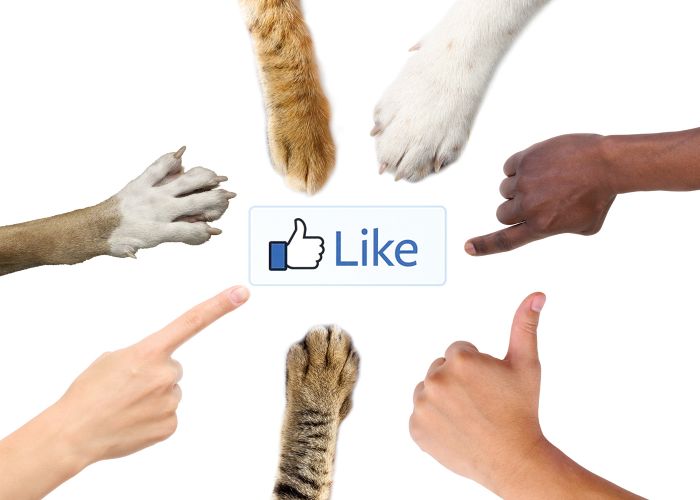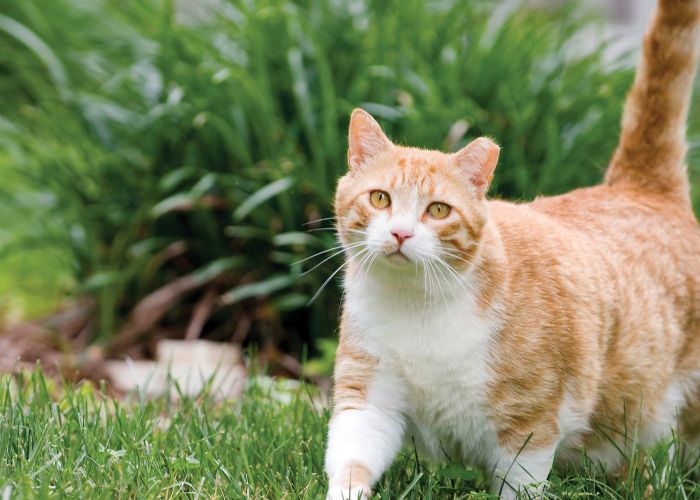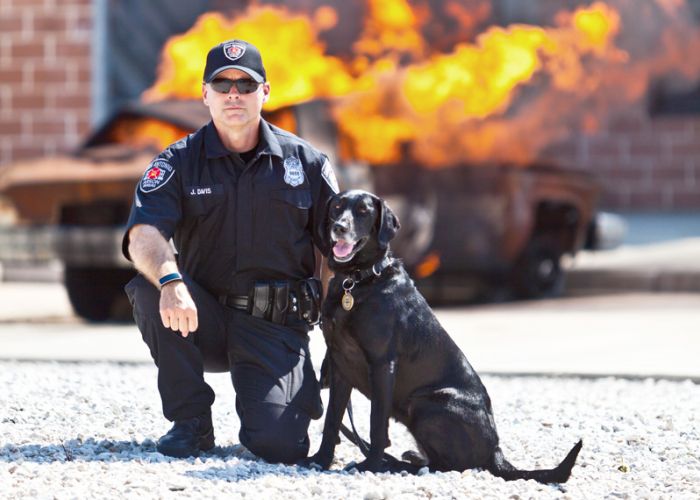A little help for our little friends
Shelters need to make the public aware of their small fuzzy and feathered occupants
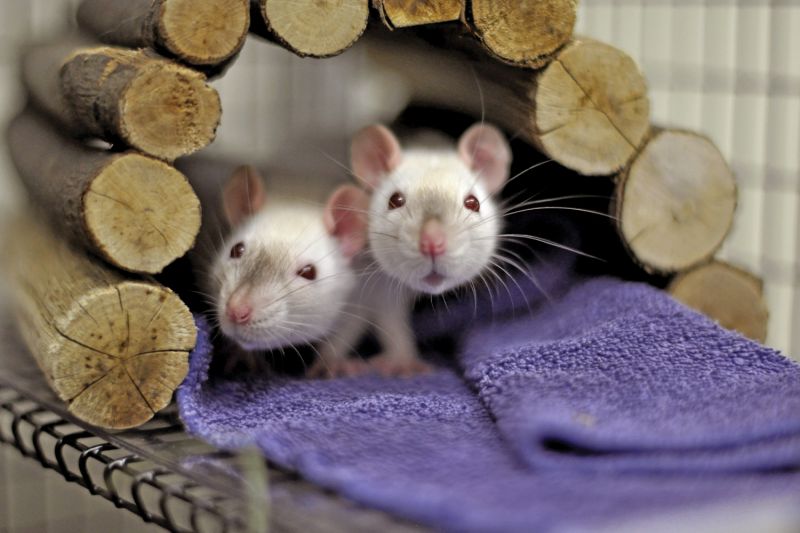
Felipe’s glamour shot in a hamster-sized chair helped the Animal Welfare League of Alexandria (AWLA) in Virginia find him a good home within just 24 hours after it was featured on the shelter’s homepage. Honey Dew and Benji, two colorful parakeets, bonded with each other at the Marin Humane Society in Novato, Calif., and were adopted by a family that fell for the birds while visiting to renew their dog’s license.
An effective small-animal adoption program can make a tremendous difference in the lives of pets like these. From rabbits and rats to lovebirds and chinchillas, here’s how to amp up your adoption program for all your pint-sized residents.
Hey! I’m Down Here!
How can your shelter or rescue get visitors to notice and adopt small pets when you’re also caring for larger animals like cats and dogs, who tend to get more attention?
“Publicizing the simple fact that you have small animals for adoption is the first and most important step,” says Patrick Cole, former director of communications and outreach for AWLA (Cole left AWLA prior to press time). “While the public perception is changing, many people still think shelters only have dogs and cats.” Take the best photos and videos you can of your small animals, post them on your website, share them on social media, and put up fliers or posters. “Many people have never held a guinea pig or seen how social a rabbit can be. Your pictures and video will expose potential adopters to a whole new world, and showcase your adoptable animals’ best features,” says Cole.
Even if you’re already taking great photos and videos, look for more ways to feature small animals on your homepage, Facebook, and other outlets. And “have fun naming them,” adds Suzanne Gollin, Marin Humane’s foster care coordinator and small companion animal evaluator. “Mr. Whiskers,” “Zelda,” or “Ratatouille” are more memorable and personable to visitors than “Rat No. 12.”
Inside your facility, make sure visitors can easily see your littler adoptables. Shelters may “see adoptions pick up the second they put a [small-animal] cage out in the front lobby,” says Lauren Paul, founder of North Star Rescue in California, a rescue organization dedicated to pet rodents and rabbits.
Cole agrees: “Many of our small animals are housed in the lobby of the shelter,” and others are visible on the way to the dog and cat areas, “so they are always at the forefront.” Consider featuring special promotions or offering discounts. Last February, Marin Humane posted a video promoting Adopt-a-Rabbit Month, while AWLA celebrates Adopt-a-Bird Month in January and other themed months by offering adoption discounts.You can also give small animals more exposure by bringing them to community events, school visits, media appearances, and volunteer orientations. At Marin, trained volunteers bring rabbits along with dogs and cats to visit senior citizens through the shelter’s animal-assisted therapy program. Visibility helps remind people that a shelter or rescue is the first place to look for a small companion.
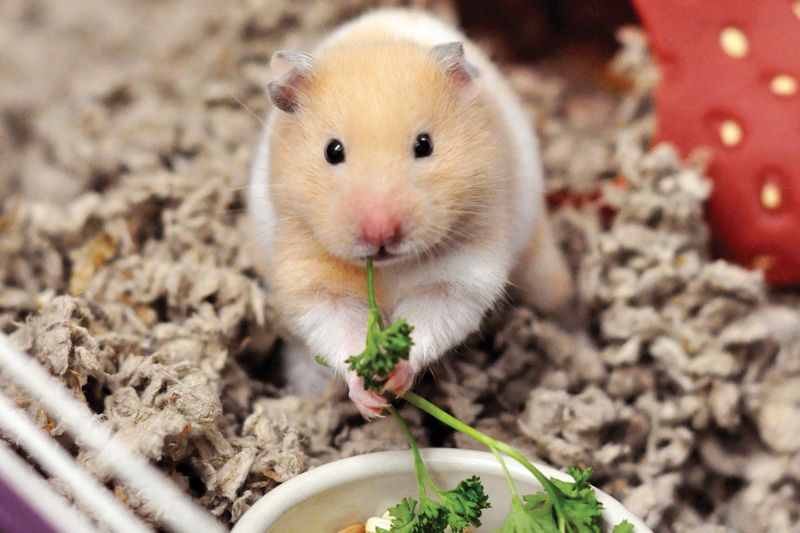
ABCs for Adopters
Because these little critters often suffer from misconceptions that they’re cute, disposable Easter gifts or “starter pets,” it’s essential to educate adopters about their care. AWLA stresses that “a small animal doesn’t equate to a small commitment,” says Cole.
The commitment to adopt a rabbit can be as substantial as the commitment to adopt a cat or dog, says Heather Miller, executive director of Houlton Humane Society in Maine and the founder of Hoppity Haven Rabbit Rescue, noting that bunnies need specialized vet care, exercise runs, toys, fresh hay, and more. Expenses can add up, and people need to know about the animals’ particular needs. Miller talks to potential adopters to explain these factors and help them decide which pet is right for them. Hoppity Haven cares for rabbits with special needs, so these animals require particular dedication: One blind rabbit in Miller’s care is 12 years old.
Because these little critters often suffer from misconceptions that they’re cute, disposable Easter gifts or “starter pets,” it’s essential to educate adopters about their care.
As much as possible, shelters and rescues should model the kind of care and nutrition they’d hope to see in adopters’ homes. Begin by educating your staff and volunteers, who can then pass knowledge on to adopters. Because some pet stores sell less-than-ideal habitats for small animals, discussing appropriate housing with families is critical, says Gollin. In addition to being better for the animal, she says, having the right setup can save an adopter time and money.
Counseling should also include information about what belongs on the animal’s dinner plate. Whether it’s providing high-quality hay for bunnies or the right pellets and veggies for birds, make sure adopters have the details to feed their animals properly.As “not all veterinarians are experts in chinchilla care,” Cole suggests it’s valuable to maintain relationships with local vets who specialize in small animals and exotics. Marin Humane shares its list of nearby small-animal vets with new adopters, “and we emphasize to them how important it is for their pet to get a yearly vet checkup,” says Gollin.
Make sure to demonstrate safe handling, too, especially if a family has young children. “You can avoid a lot of problems for an adopting family by walking them through basic handling skills,” says Paul.
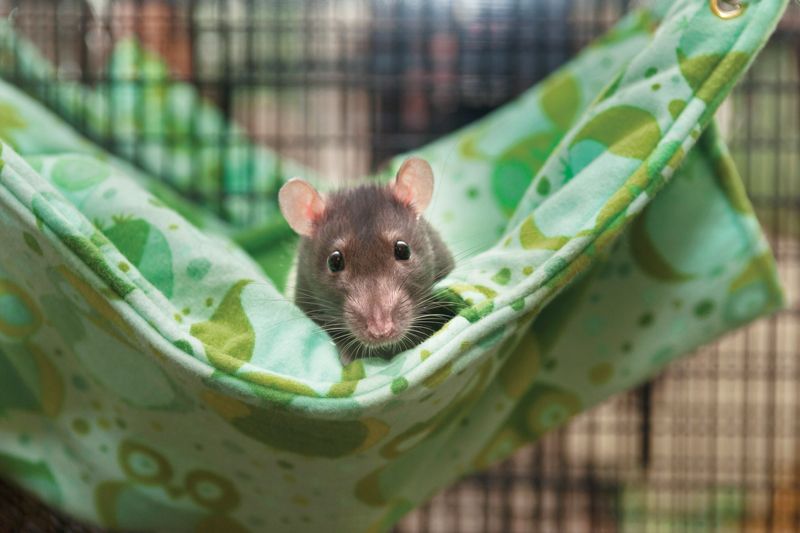
Having a Ball
Part of modeling good care includes providing small animals with appropriate toys, exercise, and enrichment. It’s not only great for their well-being, it can help show off their unique personalities and playfulness to visitors.
“Physical and mental stimulation is a big part of keeping our animals healthy and attractive to potential adopters,” says Cole. The League’s volunteers help provide exercise to small animals (as well as larger ones), and the shelter sets up exercise pens for its bunnies. Miller also gives rabbits plenty of room to play and says that socializing rabbits with people and other bunnies helps them get adopted more easily. Adopters “want friendly animals they can hold,” and they can see the difference in well-socialized rabbits.
Playtime can help promote pets online, too: AWLA has featured a YouTube video of an adoptable guinea pig hopping through a small agility course, and another of a lop-eared mix learning to touch a target with her nose.
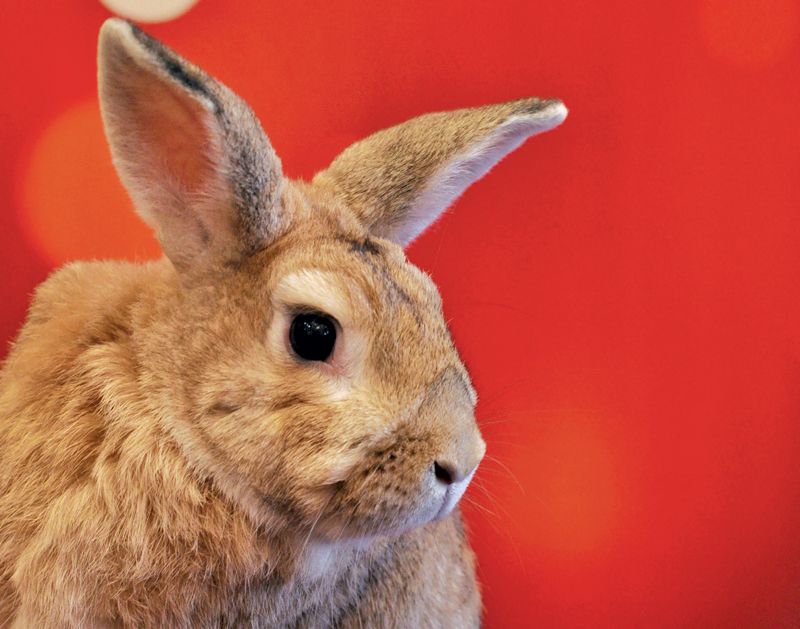
(Not) Bringing Up Baby
Small animals can breed like … well, rabbits. Spaying or neutering avoids a baby boom in your small-critter room. It also often improves the animals’ lifelong health, and can give a boost to getting them adopted.
North Star finds that “animals who are spayed or neutered get adopted much quicker than animals who are intact,” says Paul, partly due to how the staff tout perks such as lower risk of mammary tumors for spayed female rats and reduced odors for neutered male mice. Miller notes that fixed bunnies are generally cleaner and less likely to spray or bite.
All of these behavioral and health benefits are selling points to promote sterilized small animals to potential adopters. Some organizations wait to incur the costs of sterilization until an animal has an adopter, but if you have the resources, you may find that simply spaying or neutering all of them reduces behavioral or health problems in your facility.
If you’re not neutering all your small animals, it’s all the more reason to make cohousing decisions cautiously. Don’t put males and females together unless you want a major love nest on your hands. Some small animals may come into your shelter or rescue already bonded, in which case it’s best to house them and adopt them out together. Introducing new companions should be done gradually and with supervision.
If you have only one of a sociable animal, another group may be able to help. Gollin says, “If we get in a single budgie, we’ll reach out to other shelters to see if they have a single.” The group has also used this strategy for solitary rats. “Bonding two [previously single] animals can take some time, but the benefits outweigh the time needed,” she notes. “If it works out, you’ll place another animal, the adopter will spread the word that you have small animals for adoption, and you’ve just improved the lives of two single animals.”
Or if a family already has a guinea pig and wants to adopt a second from you, for example, ask about the existing pet’s temperament and consider arranging a meeting if possible. Emphasize to the family the need to monitor the new pair for a while once they’re in the new home, to make sure peace still reigns.At Hoppity Haven, one of the most unusual bunny matches Miller has made was an “odd couple” named Emma and Cotton. Emma is a brown Flemish Giant who weighs about 18 pounds, while Cotton is a white mini-lop tipping the scales at only about 3 pounds. Miller thought the two might be a good pair because Emma acted mothering to smaller rabbits, and Cotton was separated from his mother at too young an age. She has seen some rabbits who’ve lost their former companion or who initially seem like determined singletons eventually warm up to the right buddy.
On the other hand, Cole notes, some small animals are perfectly happy as single pets, but they will require plenty of human interaction and stimulation.
Finding a Good, Safe Home
What about adopting a bunny to a family with a terrier, or mice to a family with cats? It’s best to consider the facts of each potential home on a case-by-case basis. Making a good match will promote the animals’ safety while ideally increasing retention rates.
“We’ve done several dog-to-bunny introductions here” to observe body language of each animal and judge whether the pets can happily coexist, says Gollin. Usually the meetings go smoothly, but occasionally a dog goes “crazy” trying to get to the rabbit, nixing the match. She explains to families that bunnies are prey animals who can potentially be terrified by larger animals.
Still, many small critters do well in homes with larger pets. Cole has found that many adopters have cats and rabbits who coexist peacefully, and dog/rabbit combos vary based on how strong the dog’s prey drive is. Miller adopted an English lop to a great home where he has bonded with the family’s border collie. When Miller first rescued the rabbit from a breeding farm, he was skinny and scared, but now he naps next to the collie.
Spaying or neutering avoids a baby boom in your small-critter room. It also often improves the animals’ lifelong health, and can give a boost to getting them adopted.
As for small animals and kids, teaching proper handling and respect is crucial. Miller says that rabbits can do well in homes with children, if parents teach appropriate handling. She encourages parents to communicate that “rabbits are not disposable—you can’t just get rid of them when you’re bored with them.” Paul of North Star emphasizes to adopters that an adult needs to take primary responsibility for an adoption, since they’ll need to pick up the slack if the child loses interest in the pet.Paul also says that families with younger children may be better suited to certain small pets: “If we’re talking to a family that has kids under 10 years old, we’re probably going to suggest that they adopt either rats or guinea pigs that are larger, slower, easier to handle and less likely to bite than other rodent species.”
Whether your organization takes in a very playful gerbil or the world’s mellowest ferret, “spend time with your small animals and write something down about their temperament so you can make the right match,” says Gollin. Just like dogs and cats, small animals are individuals with their own quirks and preferences.

Working with Rescues and Foster Homes
If your shelter doesn’t have the staff or expertise to care for certain small pets, or if you’re strained for space, a good relationship with a rescue group can make a huge difference for these little guys. “I think working with rescues is extremely important, especially if your shelter gets way too many small animals in,” says Gollin. “The rescue people I’ve worked with have been great at sharing information about housing and care,” as well as helping with influxes of particular species and taking in animals with specialized medical or behavior issues.
AWLA also praises the benefits of close ties with rescue groups. “Our relationships have definitely increased awareness and adoption rates,” says Cole. Starting relationships like these can be as simple as making a phone call, sending an email, and asking for help or offering it. Miller, who sees both the shelter and rescue sides of the equation, believes that her work with Houlton Humane has benefited her work with Hoppity Haven, and vice versa.
For facilities short on space, foster homes are another great avenue. Even if space isn’t an issue, foster care can help animals recover from a medical procedure or become more socialized before going up for adoption.
These organizations have made a point of ensuring that the size of their critters doesn’t determine the amount of attention they get, and they’ve seen increased public awareness and adoption rates of these pets as a result. Greater knowledge and education bring greater appreciation of what wonderful companions they can be. Gollin sums up what more groups are putting into practice: “Every animal coming into a shelter deserves just as much as the dogs and cats do.”


